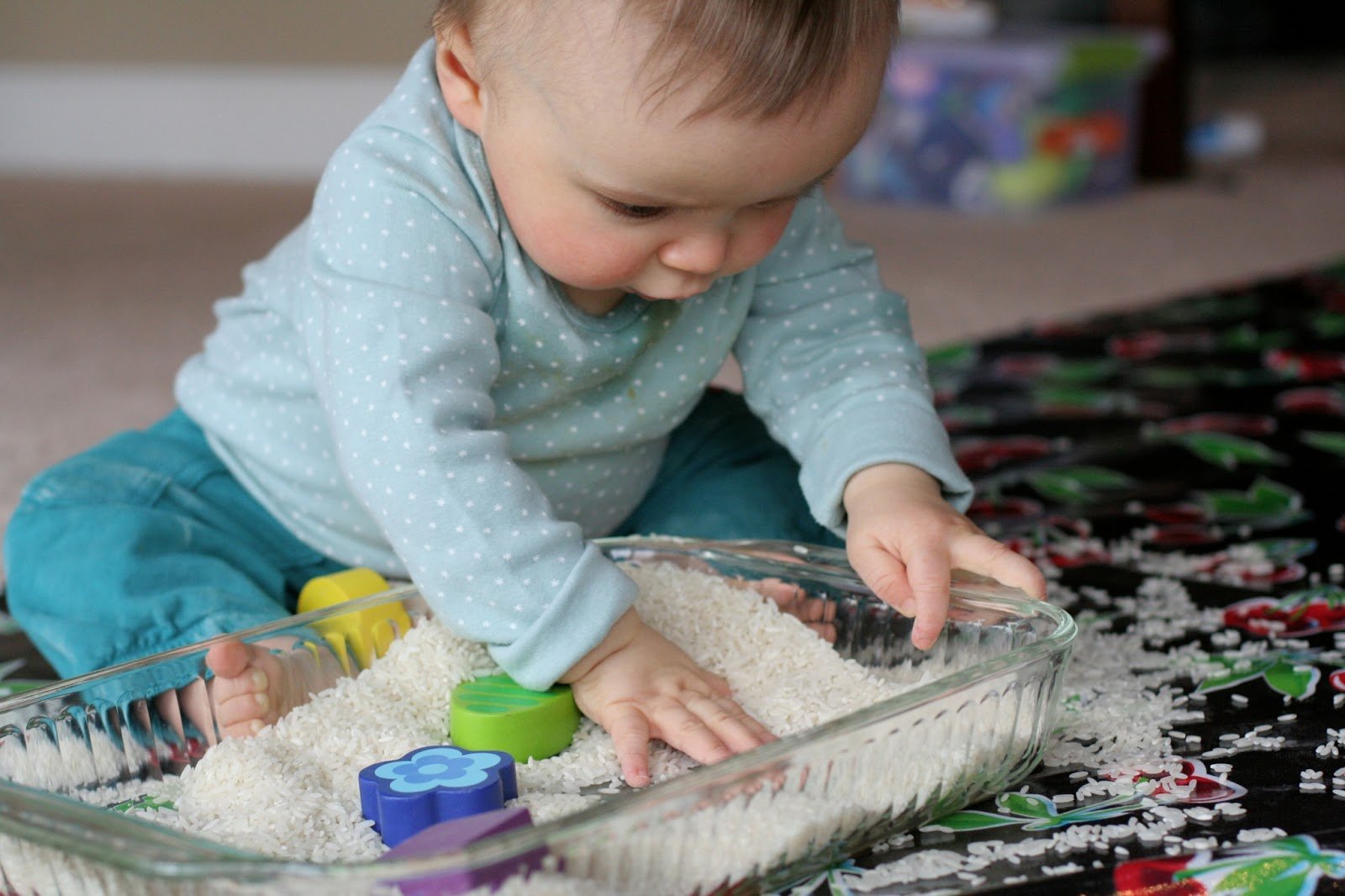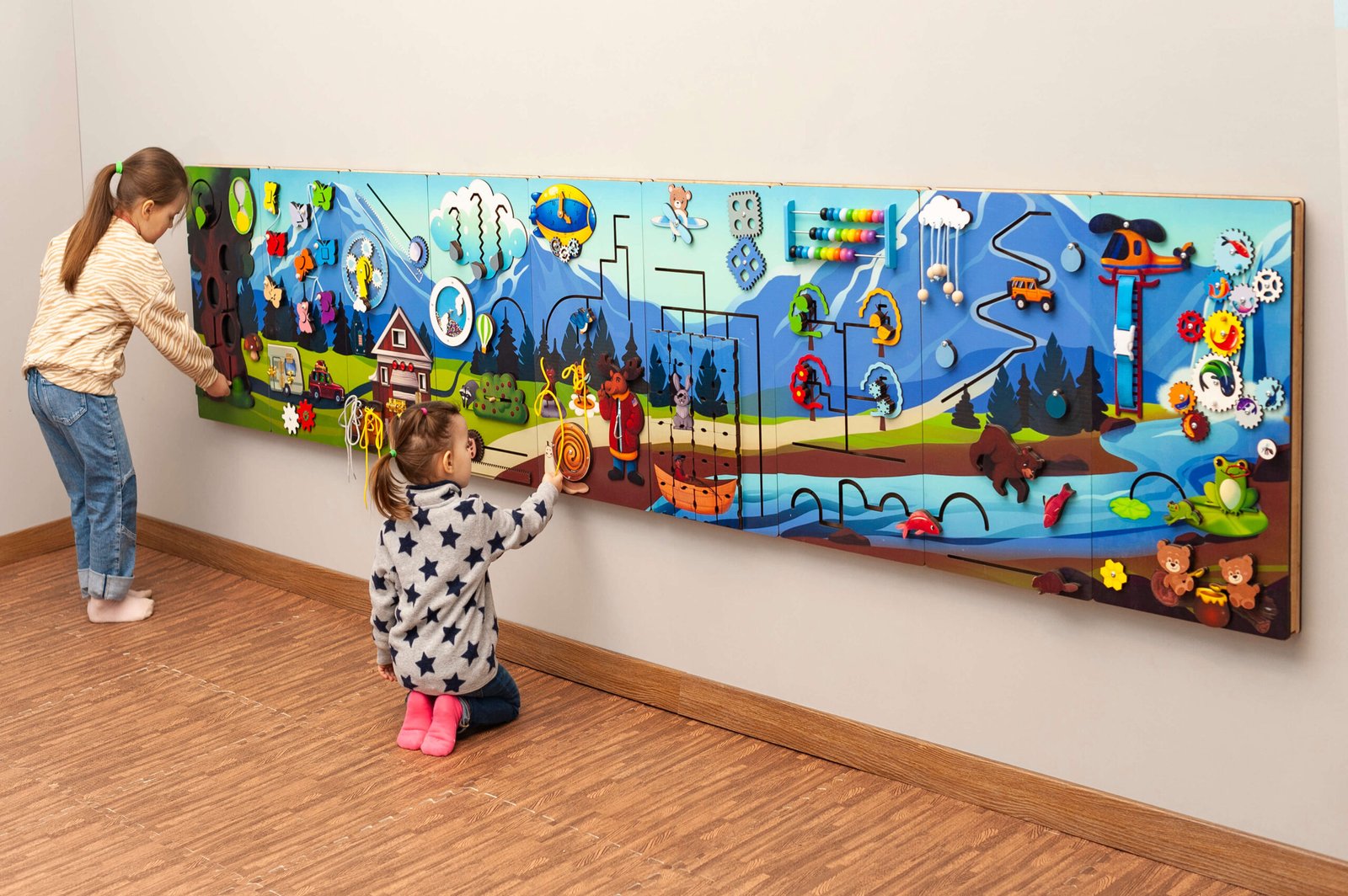Engaging preschoolers in science doesn’t have to be expensive or complicated! You can create hands-on, educational experiences using everyday household items. These simple science projects stimulate curiosity, foster a love for learning, and help develop essential cognitive and motor skills. Here are some fun and easy preschool science projects that use things you already have at home.
1. Baking Soda and Vinegar Volcano
One of the most exciting (and classic) science experiments for preschoolers is the baking soda and vinegar volcano. This project teaches kids about chemical reactions and cause and effect.
Materials:
- Baking soda
- Vinegar
- Food coloring (optional)
- A small container (like a plastic cup or bottle)
How to Do It:
- Place the container on a tray or large dish to catch any mess.
- Fill the container halfway with baking soda.
- Add a few drops of food coloring to the vinegar (optional, for extra fun!).
- Pour the vinegar into the container and watch as the “lava” erupts!
This experiment is a great way to introduce basic scientific concepts like reactions and states of matter.
2. DIY Ice Excavation
This project is perfect for developing fine motor skills while introducing preschoolers to concepts like freezing, melting, and excavation.
Materials:
- Small plastic toys (dinosaurs, cars, etc.)
- Water
- A container (like a plastic bowl or cup)
- Salt or warm water (to help speed up the melting process)
How to Do It:
- Place the toys inside a container and fill it with water.
- Freeze the water overnight to create a block of ice with the toys trapped inside.
- Once frozen, encourage your child to “excavate” the toys by gently scraping the ice with a plastic spoon, or use salt or warm water to help them melt the ice faster.
This activity also helps develop problem-solving skills as your child figures out how to get the toys out of the ice.

3. Homemade Slime
Making slime is a fun, tactile experience for young learners, and it introduces preschoolers to basic concepts in chemistry, like mixing and bonding materials.
Materials:
- White glue (like school glue)
- Baking soda
- Contact lens solution (with boric acid)
- Food coloring (optional)
How to Do It:
- Pour about 1/2 cup of glue into a bowl.
- Add a few drops of food coloring, if desired.
- Stir in 1/2 teaspoon of baking soda.
- Slowly add 1 tablespoon of contact lens solution while stirring continuously until the slime begins to form.
- Knead the slime with your hands to reach the desired consistency.
This sensory activity is perfect for exploring textures while learning about chemical reactions.
4. Dancing Raisins
This simple project is a great way to teach your preschooler about buoyancy, density, and gases.
Materials:
- Clear soda (like Sprite or 7-Up)
- Raisins
- A clear glass or jar
How to Do It:
- Fill the glass with clear soda.
- Drop a few raisins into the glass.
- Watch as the raisins float to the top, then sink back down as the bubbles carry them up and down.
This project demonstrates how gas bubbles interact with objects in liquids, offering a visual and interactive lesson on buoyancy.
5. Color-Changing Milk Experiment
This colorful science project teaches preschoolers about the properties of liquids, surface tension, and how different substances react to each other.
Materials:
- Milk (whole or 2%)
- Food coloring
- Dish soap
- A shallow dish or plate
- Cotton swabs
How to Do It:
- Pour the milk into a shallow dish, enough to cover the bottom.
- Add a few drops of food coloring to the milk.
- Dip a cotton swab in dish soap and then gently touch it to the center of the milk.
- Watch as the colors swirl and move around in reaction to the soap!
This experiment is a fun and beautiful way to explore surface tension and chemical interactions.
6. Rainbow in a Jar
Creating a rainbow in a jar is a fantastic way to teach preschoolers about density and how liquids with different densities can stack on top of each other.
Materials:
- A clear jar or glass
- Honey
- Dish soap (or blue liquid soap)
- Water
- Vegetable oil
- Rubbing alcohol
- Food coloring
How to Do It:
- Carefully pour honey into the jar until it fills the bottom (about 1/4 of the jar).
- Add dish soap to the jar slowly.
- Next, add colored water (mix a few drops of food coloring with water).
- Then, pour in vegetable oil.
- Lastly, add rubbing alcohol (colored with food coloring if desired).
- Watch the liquids form layers as they stack based on their density!
This project is visually striking and helps young kids understand the scientific principle of density in an interactive and easy-to-understand way.
7. Sink or Float Experiment
This classic experiment helps preschoolers learn about buoyancy, as they test various objects to see if they sink or float.
Materials:
- A large container (like a plastic bin or basin)
- Water
- A variety of objects (toys, stones, plastic cups, etc.)
How to Do It:
- Fill the container with water.
- Gather various objects from around the house.
- Let your child predict whether each item will sink or float before placing it in the water.
- Test each item and observe the results.
This hands-on experiment helps preschoolers develop scientific thinking, as they predict and observe physical properties of materials.
8. Homemade Lava Lamp
Making a homemade lava lamp is an excellent way to explore the concepts of density, color mixing, and chemical reactions.
Materials:
- A clear plastic bottle
- Vegetable oil
- Water
- Food coloring
- Alka-Seltzer tablets
How to Do It:
- Fill the bottle 3/4 of the way with vegetable oil.
- Fill the rest of the bottle with water.
- Add a few drops of food coloring.
- Drop an Alka-Seltzer tablet into the bottle.
- Watch as the colorful bubbles move around like a lava lamp!
This fun experiment is a great way to explore the effects of gas and how liquids with different densities interact.
9. Simple Magnets Exploration
Preschoolers can learn about magnetism with this hands-on activity, using household items to explore how magnets work.
Materials:
- A magnet
- Various small items (paper clips, coins, toy cars, etc.)
How to Do It:
- Provide your child with a magnet and a variety of small objects.
- Encourage them to explore which items the magnet can attract and which it cannot.
- Discuss why some materials are attracted to magnets (like metal) and others are not (like plastic).
This activity teaches basic concepts of magnetism while also improving problem-solving skills.
10. DIY Crystal Growing
Growing crystals can be a fascinating and educational experience, teaching preschoolers about chemical processes and patience.
Materials:
- Borax (or Epsom salt)
- Water
- A jar
- String
- A pencil or stick
How to Do It:
- Boil a cup of water and mix in 3 tablespoons of Borax.
- Tie a string to a pencil or stick, and suspend it in the jar so that it hangs into the water.
- Pour the Borax solution into the jar and leave it overnight.
- Check the next day to see the crystals growing on the string.
This simple project shows how crystals form and can be a great introduction to basic chemistry for young learners.
Conclusion
Science is everywhere—even in the most mundane household items! These simple, everyday science experiments not only encourage learning but also provide preschoolers with fun, hands-on experiences. Whether you’re teaching them about chemical reactions, magnetism, or buoyancy, these projects are a great way to foster curiosity and engage young minds in the world of science. Best of all, they can all be done with items you probably already have around your house!









